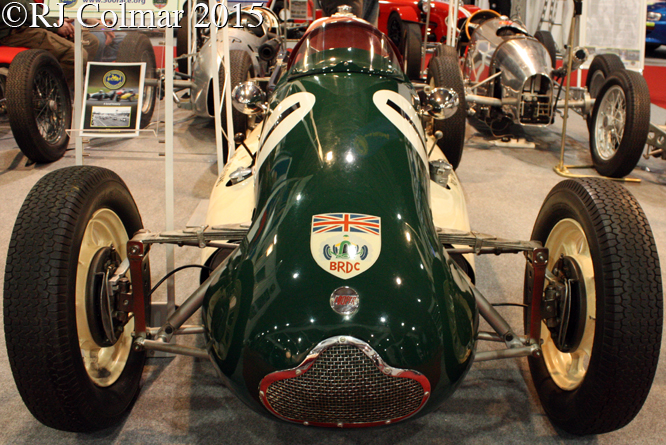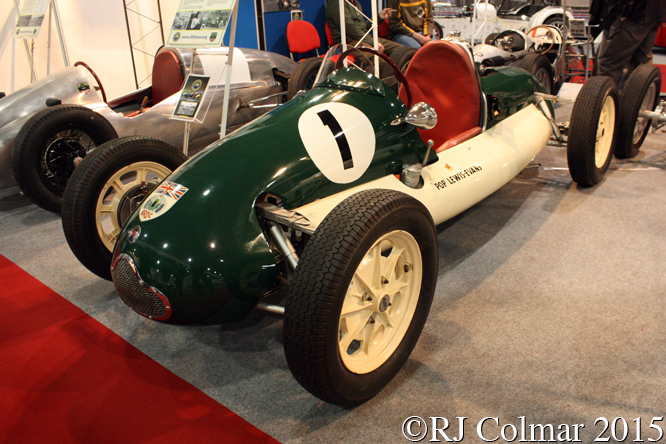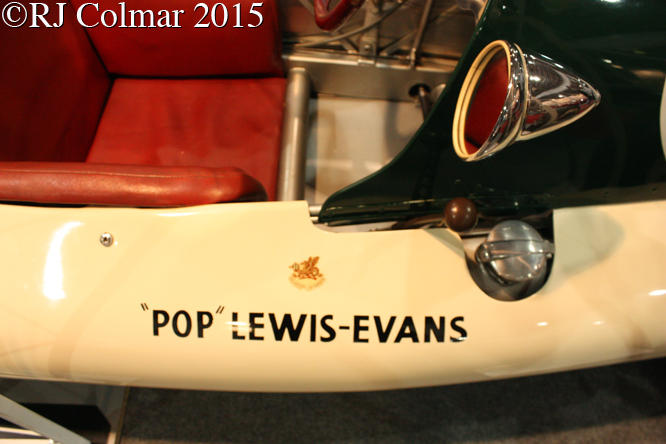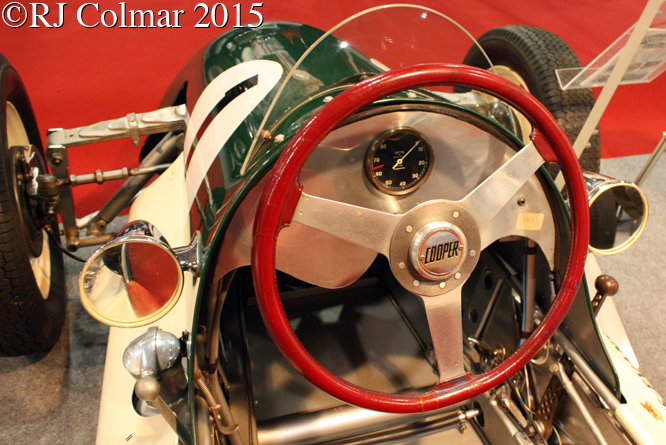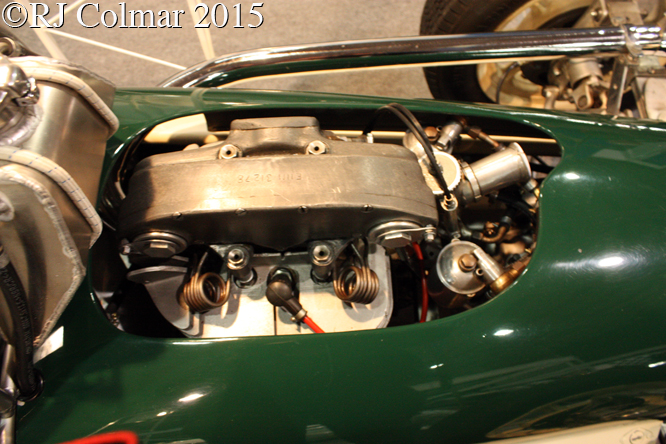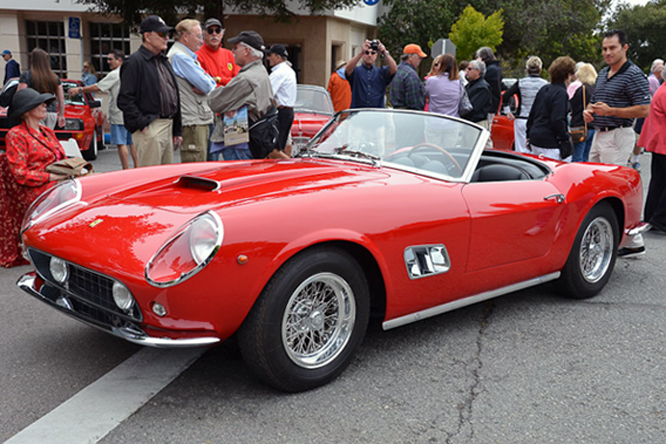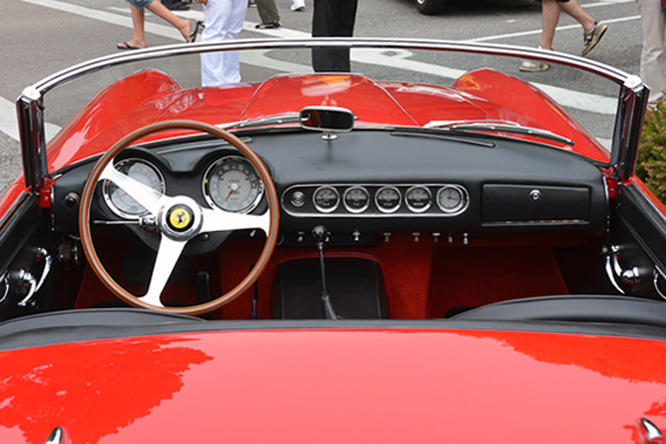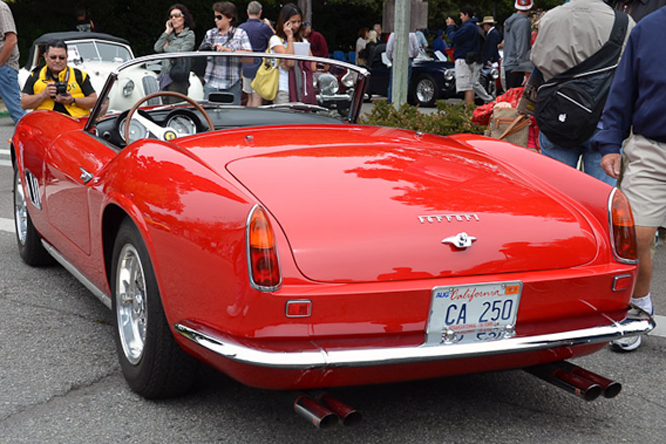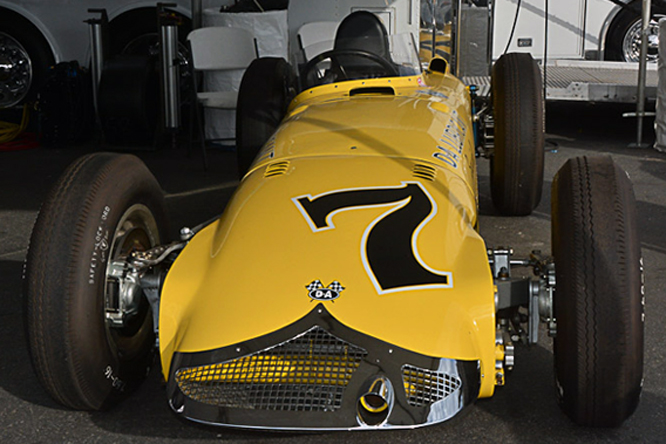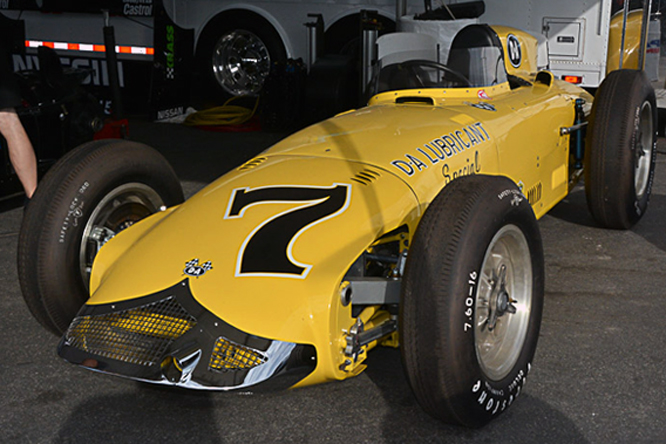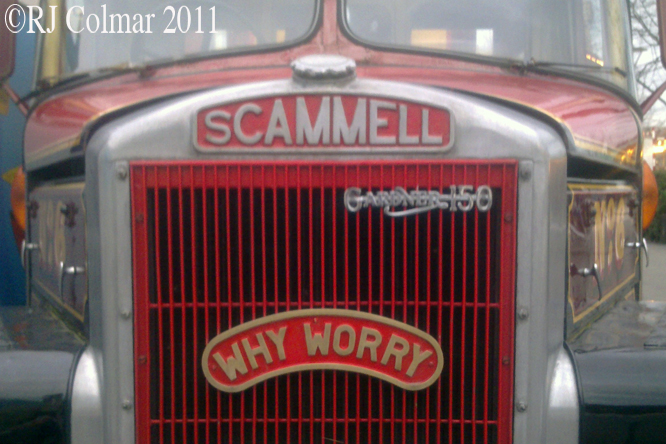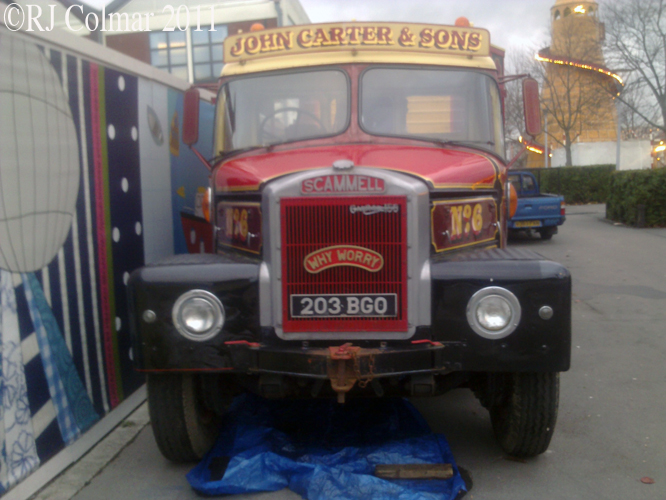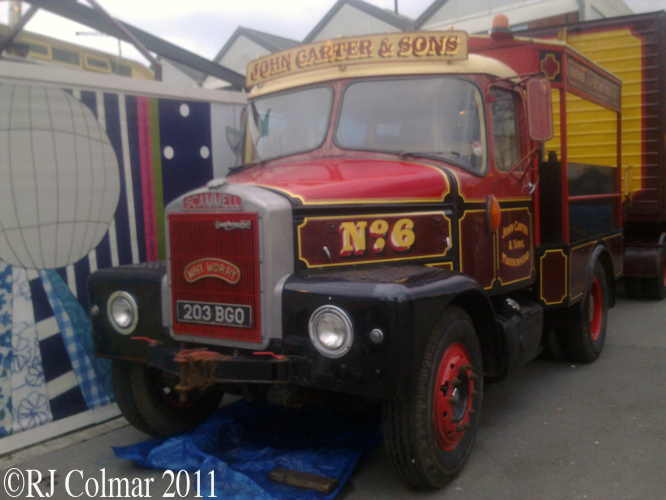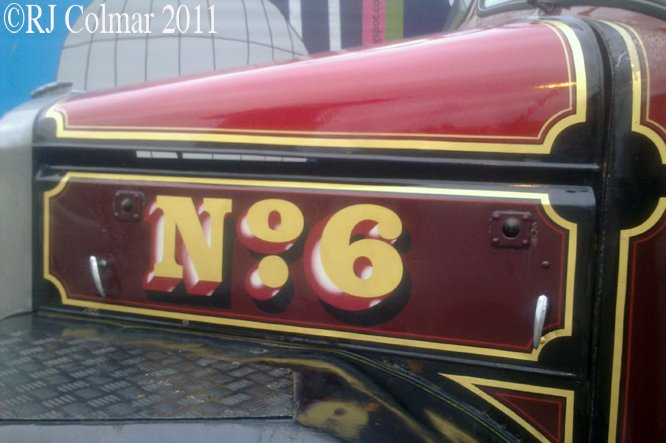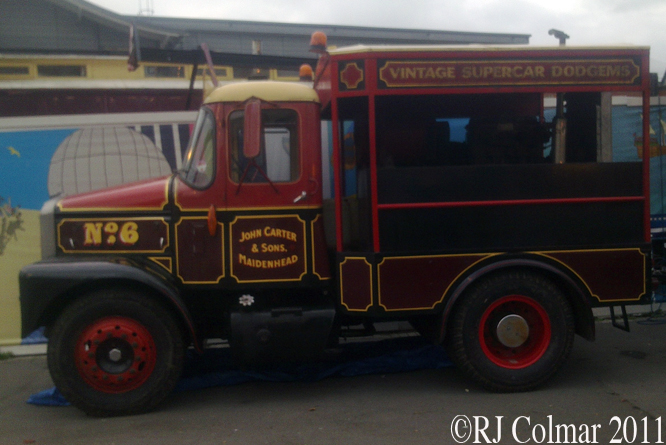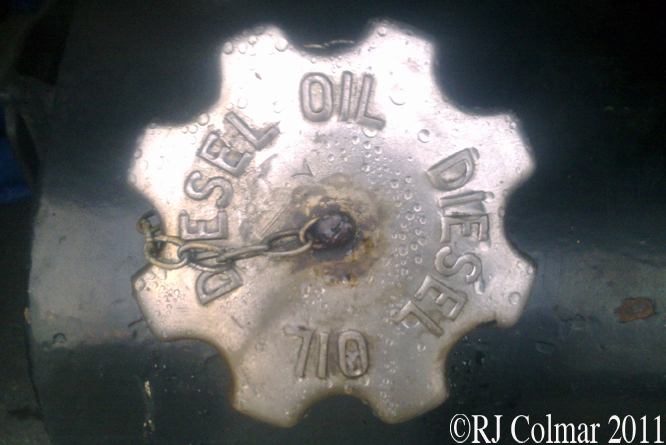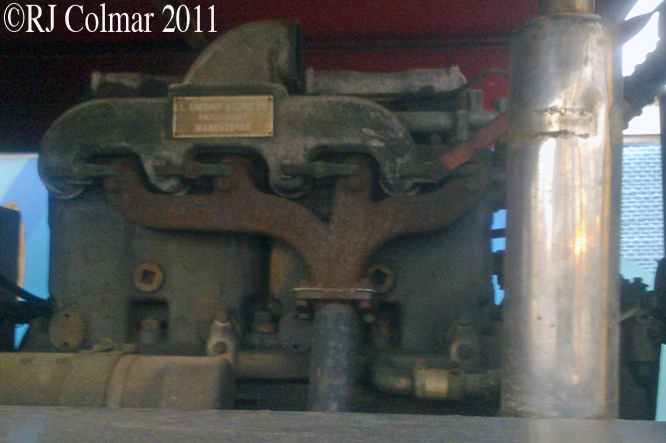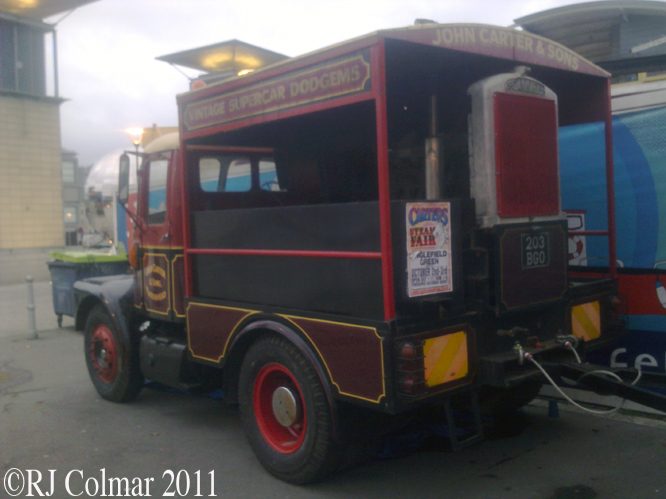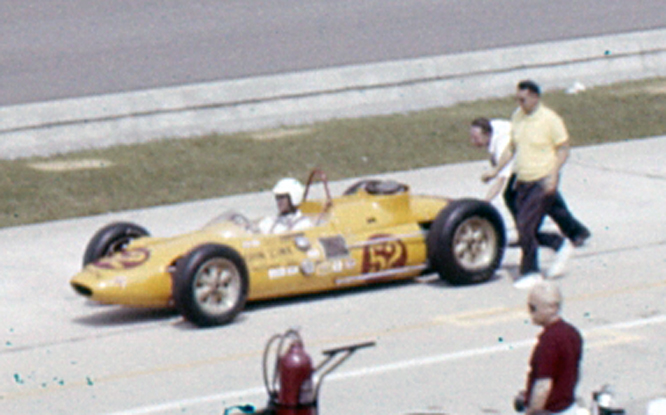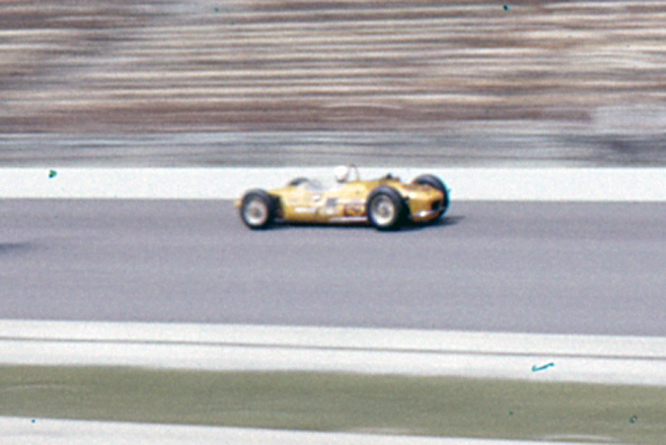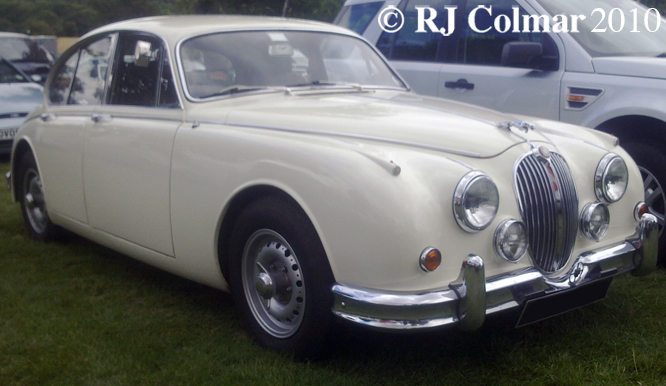At the end of May Geoffrey Horton popped along to the Sonoma Historic Motorsports Festival and kindly sent a large number of photographs, including those selected today which have an American theme.
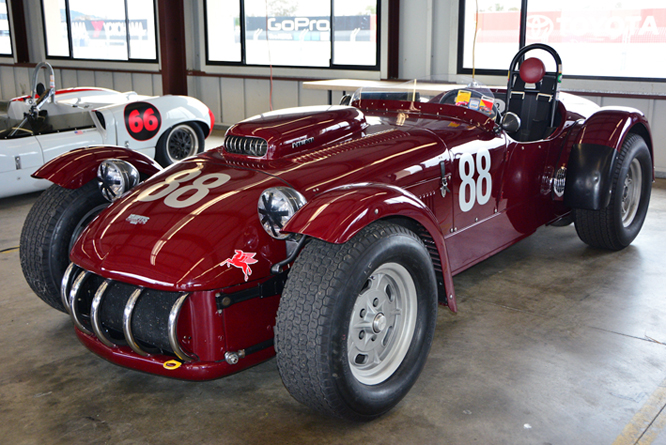
Built in 1953 Tom Claridge’s Kurtis 500 S #022 was originally supplied with a de Soto motor, after an accident in 1954 the car was rebuilt with the current Chrylser Hemi # C53-8-I5990, this car has been seen at the Goodwood Revival meetings.
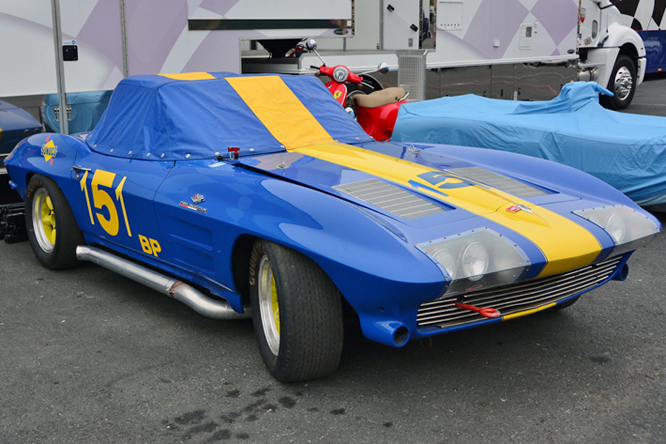
I am not sure of the racing provenance of Bruce Millers Sunoco liveried 1963 Chevrolet Corvette, but I understand the chassis number is #30867S118408, if you know more please chip in below.
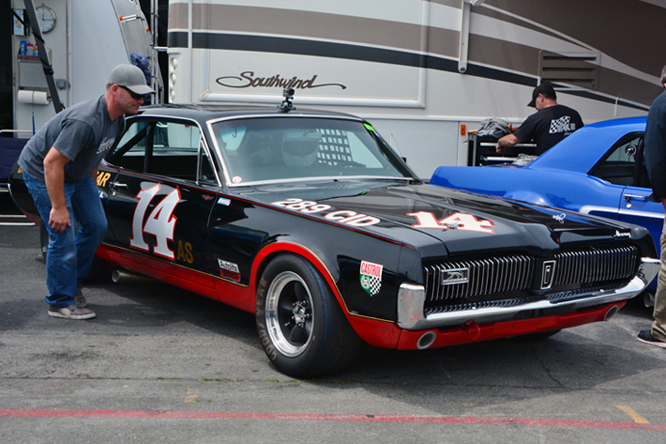
The racing provenance of cars raced in the 60’s is never easy, there are references pertaining to Ike Keeler’s #14 Mercury Cougar,chassis #7F91C597587, being the Bob Estes sponsored #79 driven by Mark Waco which do not tie up on the dates I have found elsewhere on the internet, a Burien Mercury sponsored #14 Cougar was driven at least twice in 1967/68 by Dave Tatom, again if you can clarify these anomalies please do not hesitate to chime in below.
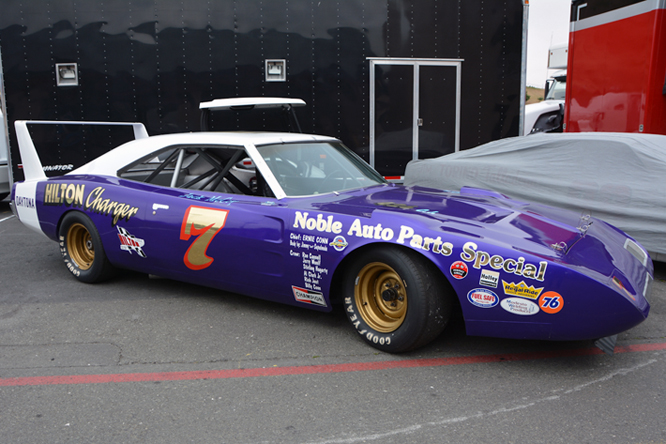
I beleive Doug Schultz’s #7 Hilton Charger is a 1969 Dodge Daytona driven by 1966 and 1973 NASCAR Camping World Series West Champion Jack McCoy who recorded 54 wins during his career from the late 1950’s to early 1990’s.
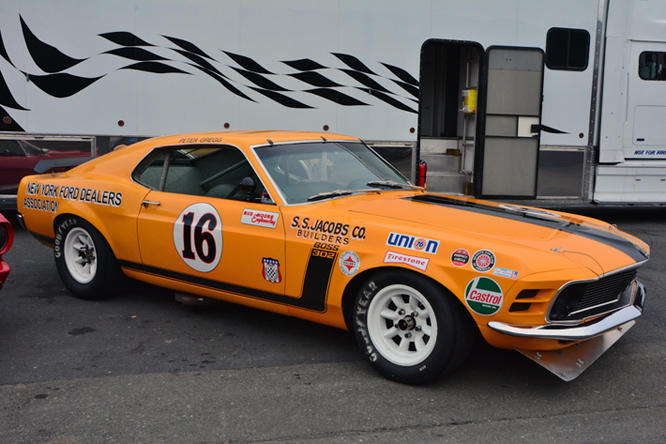
Ken Epsman’s #16 1970 Ford Mustang Boss 302 appears to be the car Bud Moore entered for Peter Gregg in the 1971 Trans Am series.
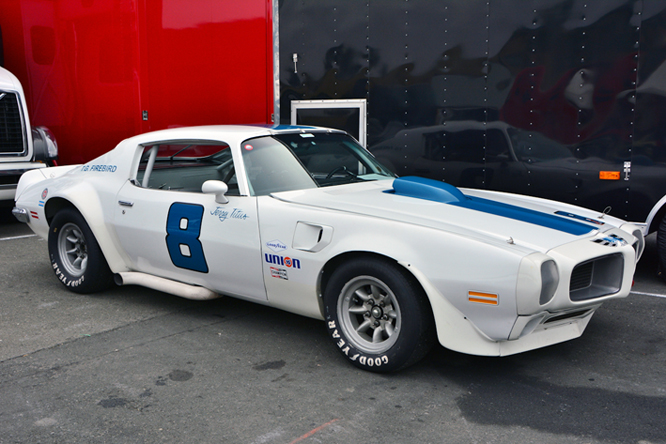
After an accident during practice for a Trans Am race at Road America Jerry Titus lost his life in August 1970 after crashing his #8 Terry Godsall Racing Pontiac Firebird similar to the one belonging to William-E.-Chip-Connor above.
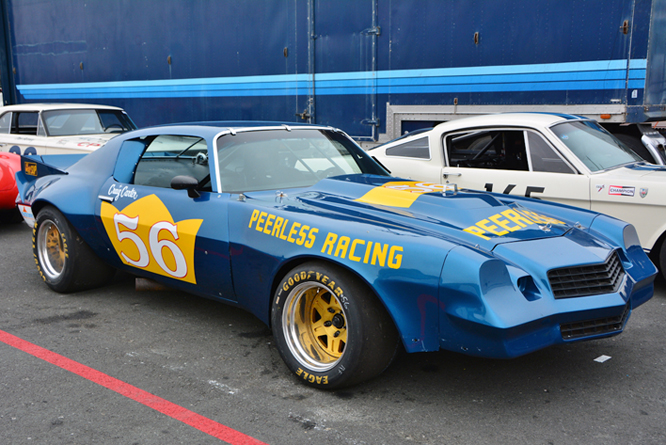
2011 Indy Rookie of the Year JR Hildebrand was inspired to start racing after watching his Dad John race the #56 Peerless Racing Chevrolet Camaro that I believe was raced by Craig Carter from late 1978 to 1979.
If you have any additional information on any of the vehicles above please do not hesitate to chip in below. My thanks to Geoffrey Horton for sharing today’s photographs.
Thanks for joining me on this “Americana Paddock Questions” edition of “Gettin’ a li’l psycho on tyres” I hope you will join me again tomorrow when I’ll be looking at five favorite Ferrari’s that have appeared at Silverstone Classic. Don’t forget to come back now !


